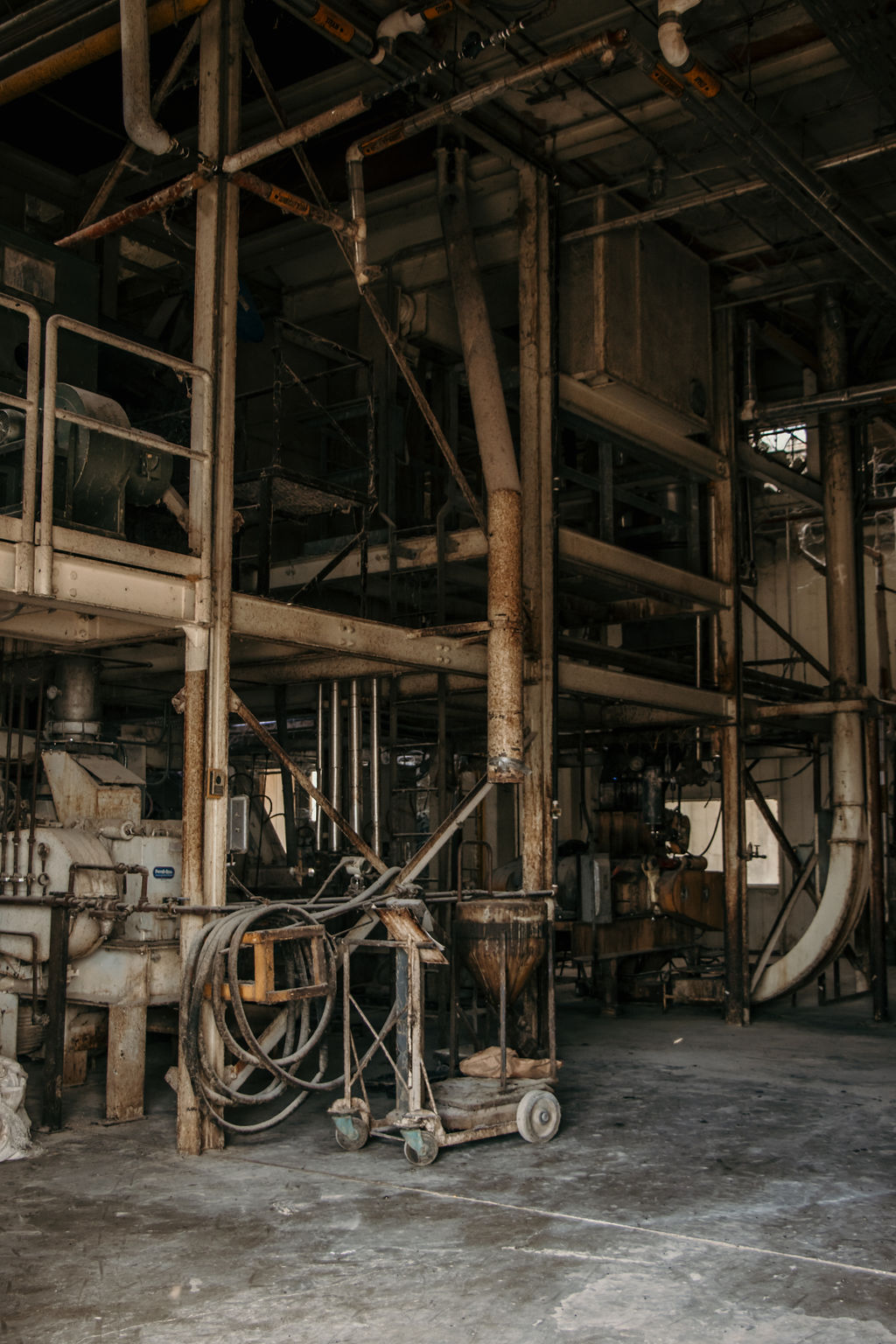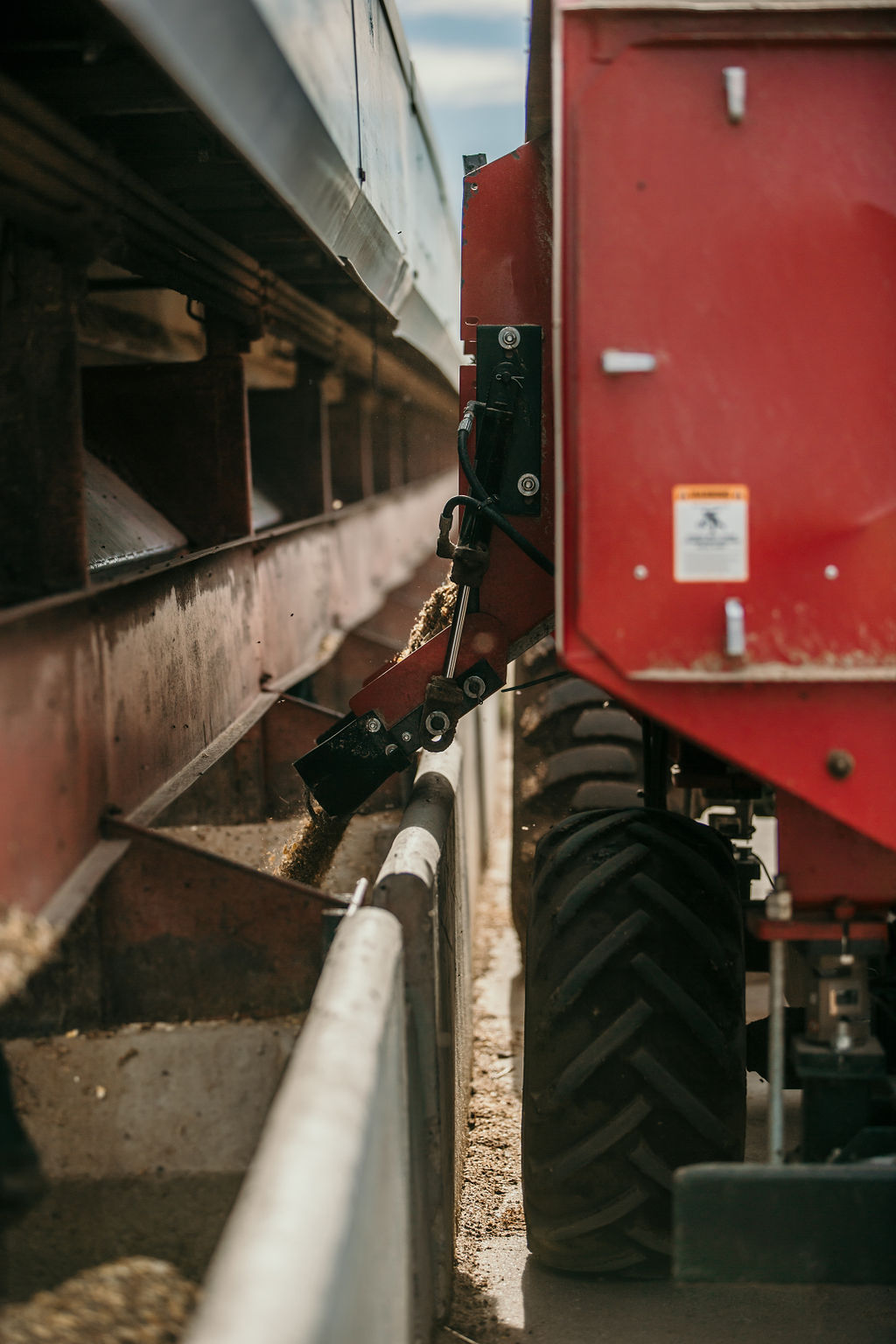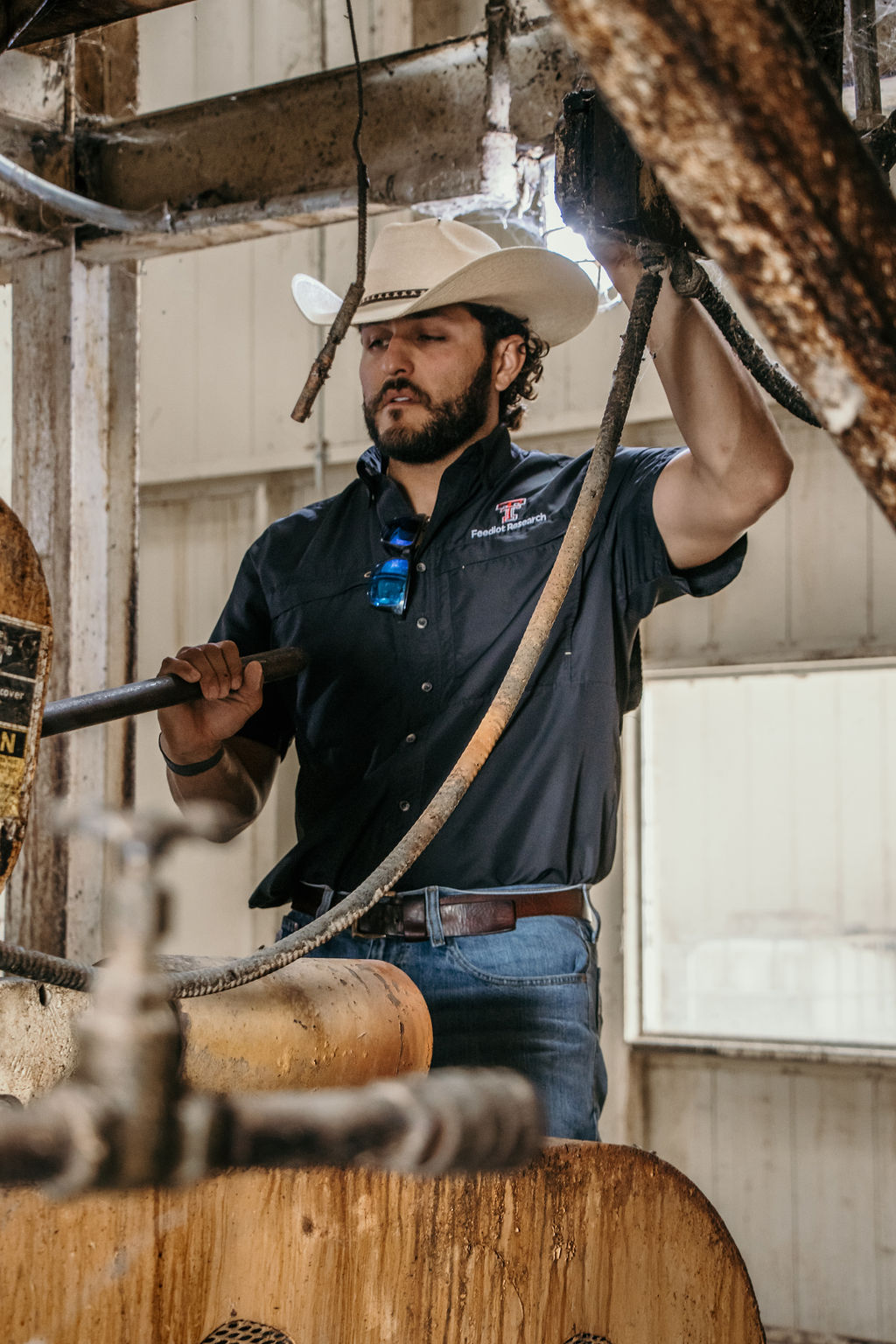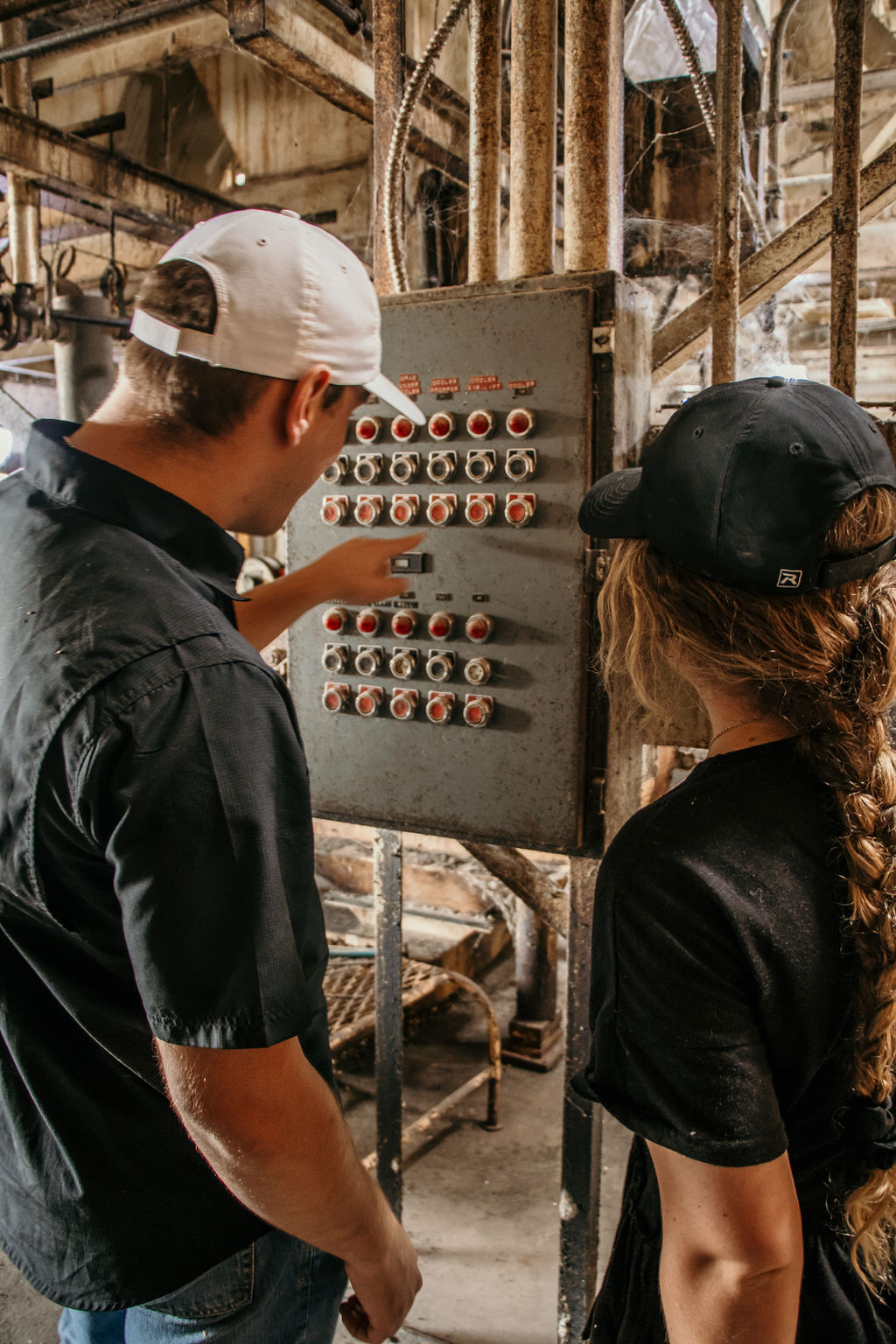The Feed Mill
Beef cattle are the most important livestock commodity in the agricultural economy of Texas. Texas leads all other states in the number of beef cattle, and the High Plains of Texas is the center of the U.S. cattle feeding industry, producing approximately 25% of the nation's supply of fed beef. During 2020, 4.9 million cattle were fed in this area, making Texas cattle feeding a $4.3 billion industry. The economic impact of cattle production in the High Plains extends beyond the feedlot. Feed manufacturing and the livestock processing sector also play a significant role in the total economy of Texas.

Feed is a major cost in cattle feeding. Production, processing, and manufacturing of feed, along with the efficient use of feed by cattle, all contribute to the cost of cattle feeding. Cattle fed in the High Plains annually consume six to seven million tons of processed grain, and the energy cost of processing is at least $50 million per year.
Cattle are ruminant animals, capable of utilizing fibrous feeds (forages, roughages, and byproduct feeds) and non-protein nitrogen (urea) that humans cannot utilize. By producing a high-quality protein from these resources otherwise unusable by humans, cattle make a positive contribution to human nutrition, but they are inefficient compared with poultry or swine. Several factors contribute to this inefficiency, including shipping stress, low relative feed intake, poor utilization of certain feed ingredients, inefficient lean meat growth, and the production of excess fat.

Increased efficiency of beef production has been accomplished through conventional research, but new technology must also be applied to make major advances in the economic efficiency of cattle feeding. Through the Burnett Center for Beef Cattle Research and Instruction, a computer-controlled feed mill and state-of-the-art experimental cattle feedlot at Texas Tech University, the latest technologies in computers, feed processing, nutrition, endocrine and stress physiology can be applied in cattle research. The overall objective of the ongoing research program at Texas Tech is to improve the economic status of beef production in Texas and to develop basic knowledge for use in production of fed beef.
The Burnett Center feed mill complex consists of two adjoining primary buildings. The first was constructed in 1976 and designed to facilitate the production of completely mixed, all-concentrated diets. The three-level, computer-operated, dust controlled, mixing plant completed in 1984 is a fully automated premix and batch-mixing facility that serves the research feedlot. It was designed to give maximum flexibility in the number of different diet formulations that could be produced in any one-time period. The two buildings have separate inside storage, premix, and bath-mixing capabilities but depend on common grain receiving, grain processing, liquid storage and weighing, and pelleting systems.


The feed mill complex was designed and constructed to meet standards required to: a) achieve high accuracy and precision of weighing, ingredient and feed handling and processing, premixing, mixing, and delivery of diets, and b) accommodate class instruction and individual hands-on training for undergraduate, graduate, and continuing education students. These facilities have allowed Texas Tech University to become a world leader in feedlot cattle research, feed industry research, and student education.
Auxiliary facilities include a compartmentalized forage building with belt conveyor to the research feedlot mixing plant, conventional and oxygen-free grain storage, supplement storage, a hay barn, silage bunkers, and a truck scale.
Feed mill capabilities and design include:
- Two separate premixing and batch mixing systems
- Computer or manual operation
- Teaching laboratory with facilities for grain and roughage grinding, pelleting, steam flaking, feed microscopy investigations, particle size determination, pellet durability testing, and mixing
- A 24-bin unit micro-premix system with scale beneath which discharges into the main mixer
- A premix room for hand-weighed and -added ingredients
- Liquid storage and a direct-weight system for adding fat, molasses, and water
- Mixed feed delivery via belt or self-propelled mixer/delivery vehicle to the research feedlot
- Mixed feed delivery via bags or bulk load-out to other livestock centers
- Abort systems throughout in the research feedlot mixing plant
- Grain processing via hammer mill grinding, dry rolling, steam flaking, and reconstitution
- Roughage processing via tub grinding and chemical treatment
- Feed and/or ingredient processing via pelleting
- Grain cleaning equipment
- Inside bin systems
Burnett Center
-
Address
Texas Tech University, Department of Animal and Food Sciences, Box 42141, Lubbock, TX 79409 -
Phone
806.742.2805 -
Email
afs@ttu.edu
